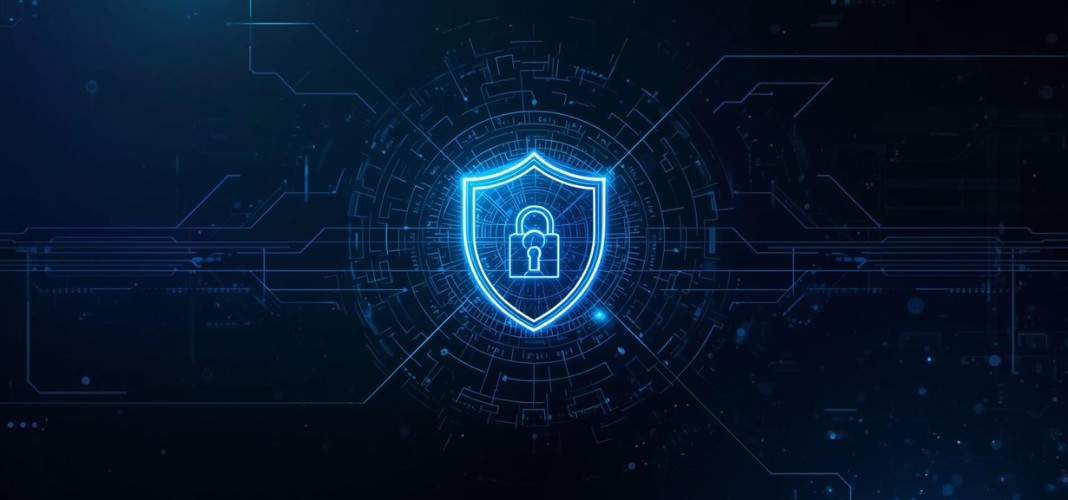When your organisation is considering an AI-driven security tool that promises automated threat response, it can feel like stepping into a minefield. The promise is seductive: faster detection, fewer manual errors, 24/7 vigilance. But the risks are real. As many companies are discovering, AI brings both power and peril. (In fact, a recent Accenture survey reported that many firms feel their security readiness is already being outpaced by AI-enabled threats.)
So, before you sign a contract, deploy agents, or pour resources, ask these five critical questions. Use them as a due diligence checklist to ensure your AI solution won’t become your next cybersecurity headache.
1. How Transparent and Explainable Is the Automated Threat Response Logic?
One of the biggest fears when adopting AI in security is the “black box” effect: you see an alert or a quarantine action but can’t tell why it happened. For automated threat response to be trustworthy, the system must offer clear explanations or audit trails, so your security team can understand and, if needed, override actions.
Ask vendors:
• Can you show me the decision path (e.g. feature weights, model scores) behind an automated action
• If the system isolates a server or revokes credentials automatically, can I review the justification before or after the fact
• Does it provide logs or rationale that satisfy compliance/audit requirements
Transparent models (or hybrid systems combining AI + rule-based logic) are far safer. In the vendor evaluation sphere, many emphasise transparency and explainability as a non-negotiable trait.
2. What Coverage Do You Have — Can Your Solution See All the Attack Surfaces (Cloud, Endpoints, APIs, Data Pipelines)?
Automated threat response is only as good as what the system can see. If your AI security solution lacks visibility into critical slices of your environment, it may miss attacks or trigger misguided responses.
You need to understand:
• Does the tool integrate with your cloud environments, identity systems, endpoints, network traffic, APIs, orchestration layers, etc
• Can it ingest telemetry (logs, flows, events) from all relevant sources
• In environments with hybrid or multi-cloud architecture, is coverage uniform (or are there blind spots you’ll need to patch manually)
One of the key differentiators in AI security adoption is comprehensive visibility and control over AI and associated data risk, essentially, you need to see everything before you can respond meaningfully.
If your proposed automated threat response system only “sees” part of your stack (say, cloud but not on-prem), that’s a red flag.
3. How Adaptive Is the Automated Threat Response — Can It Evolve as New Threats Emerge?
Cyber threat actors don’t sit still. They continuously iterate. If your AI-driven system’s defence logic is static or depends on outdated heuristics, it’ll fail soon enough.
So ask:
• Does the system learn over time, i.e. does the automated threat response improve via feedback loops or model retraining
• How often are the models updated? Can the vendor push updates dynamically?
• What mechanisms prevent stale rules or “alert fatigue” (i.e. false positives triggering defensive actions that shouldn’t have been taken)
• Can the system simulate adversarial attacks or conduct red-teaming to test and refine response logic
Automated threat response should not be a “set-and-forget” black box; it must be designed to evolve. Many AI adoption guides caution against overreliance on static automation, emphasising that human oversight remains critical.
4. Under What Conditions Will the System Escalate to Human Intervention (or Pause Automated Response)?
It’s unrealistic, and risky to expect a system to autonomously handle every incident perfectly. There will be edge cases, uncertainties, or false positives. So, your system must have guardrails.
Key questions:
• Is there a “human-in-the-loop” override or review process
• Which types of events are reserved for manual review (e.g. high-impact changes, deletion of production systems, privilege escalation)
• Can the system automatically roll back or halt actions if feedback indicates a misstep
• Does the system offer “simulation mode” or “alert-only mode” during testing phases before full automated threat response activation?
In short, automation is powerful, but unchecked automation can harm. Always require fallback paths to human control.
5. What’s the Fail-Safe Strategy, and How Do You Recover from a Bad/Erroneous Automated Action?
Imagine the worst: your automated threat response logic misclassifies something important and shuts down critical assets, revokes essential access, or quarantines core services in error. What then?
Ask the vendor to walk you through:
• How do you detect a wrong automated action? Is there a rollback or “undo” capability?
• Do you maintain logs, versioned actions, and change tracking so you can audit and revert steps
• Can the system operate in a degraded (alert-only) mode if anomalies or confidence thresholds are low
• What disaster recovery or business continuity assumptions are in place in the event of automation misbehaviour
A robust vendor will treat these “recovery” measures as central, not optional.
Weaving the Questions Together; A Sample Scenario
Let’s say you’re a security lead at a fintech company. You demo two AI security platforms, both of which offer automated threat response. One vendor gush about speed and automation; the other gives you a tool that logs every decision, lets you inspect the logic and override it, and can throttle back automation in risky deployments.
Even though the first might look more impressive on a spec sheet, the second is safer. Because at stake is not just detection, but control over responses and the ability to correct when your automation errs.
Final Thoughts
Adopting an AI security system with automated threat response is not a one-liner decision. It’s a journey: balancing speed with safety, autonomy with oversight, and sophistication with simplicity.
Also read: Internal Security Threats: What They Are and How to Deal with Them


